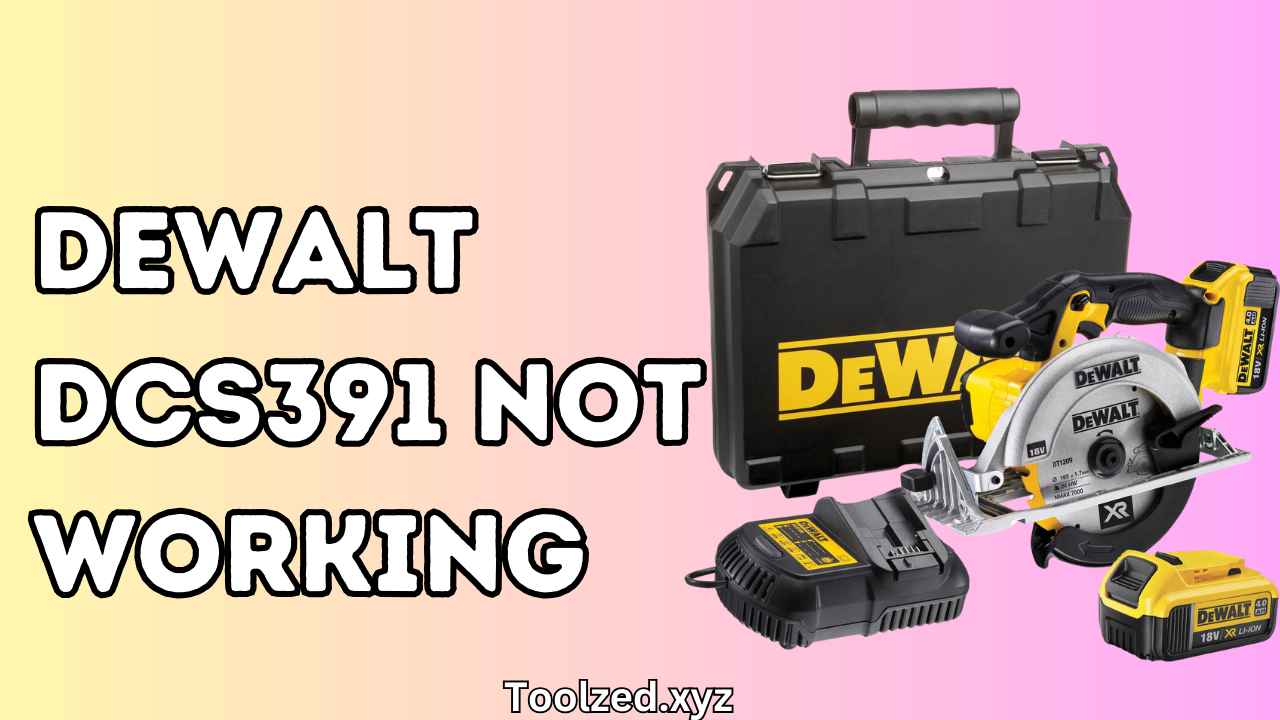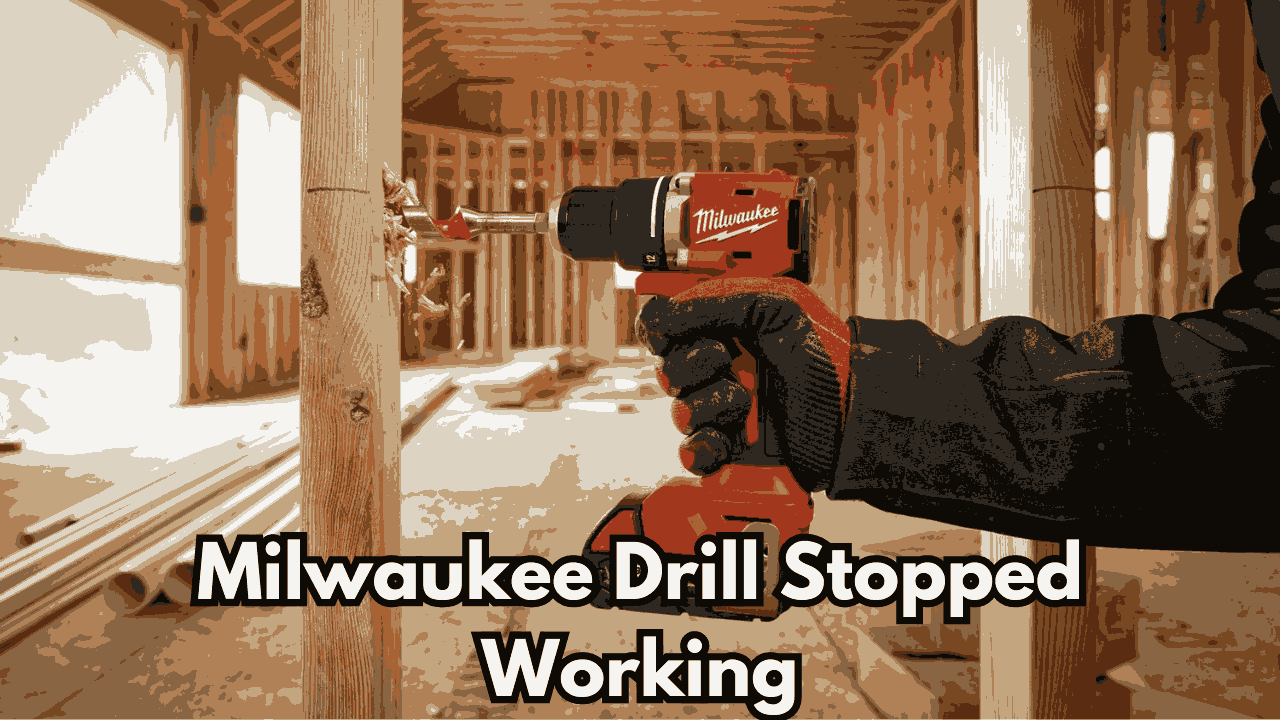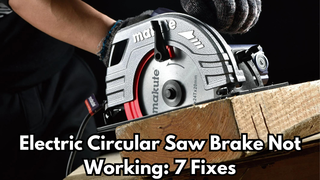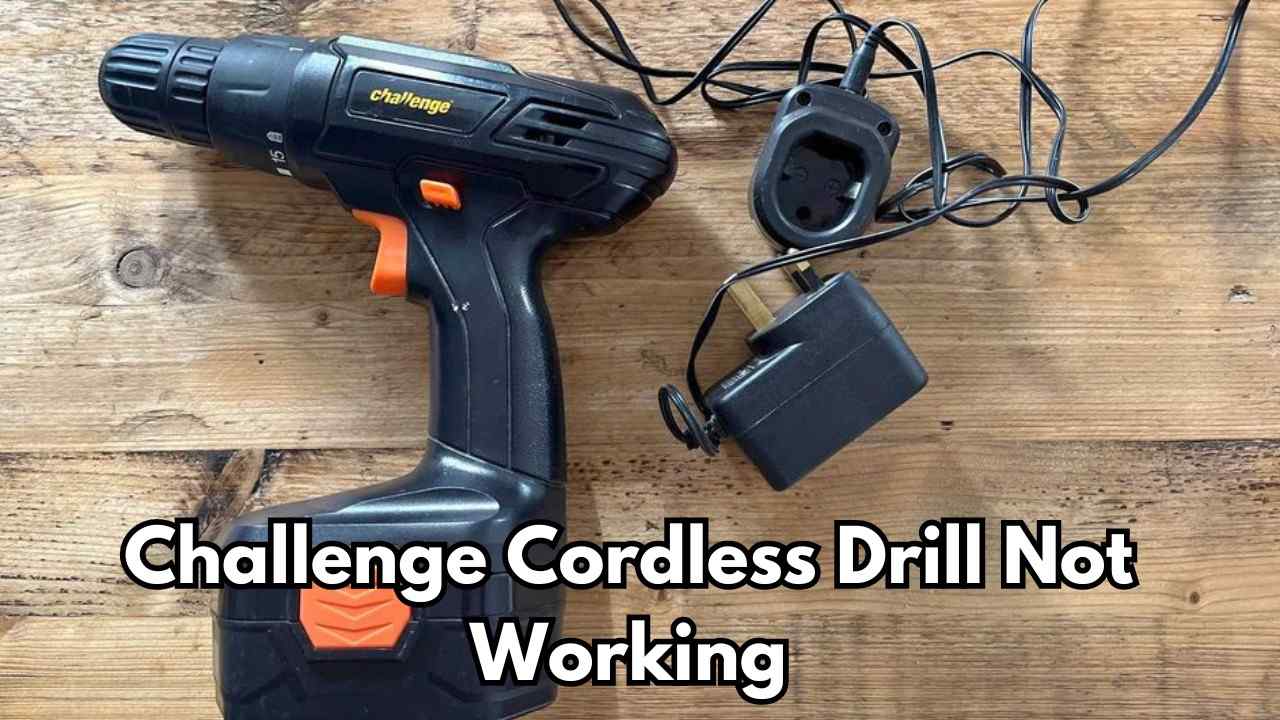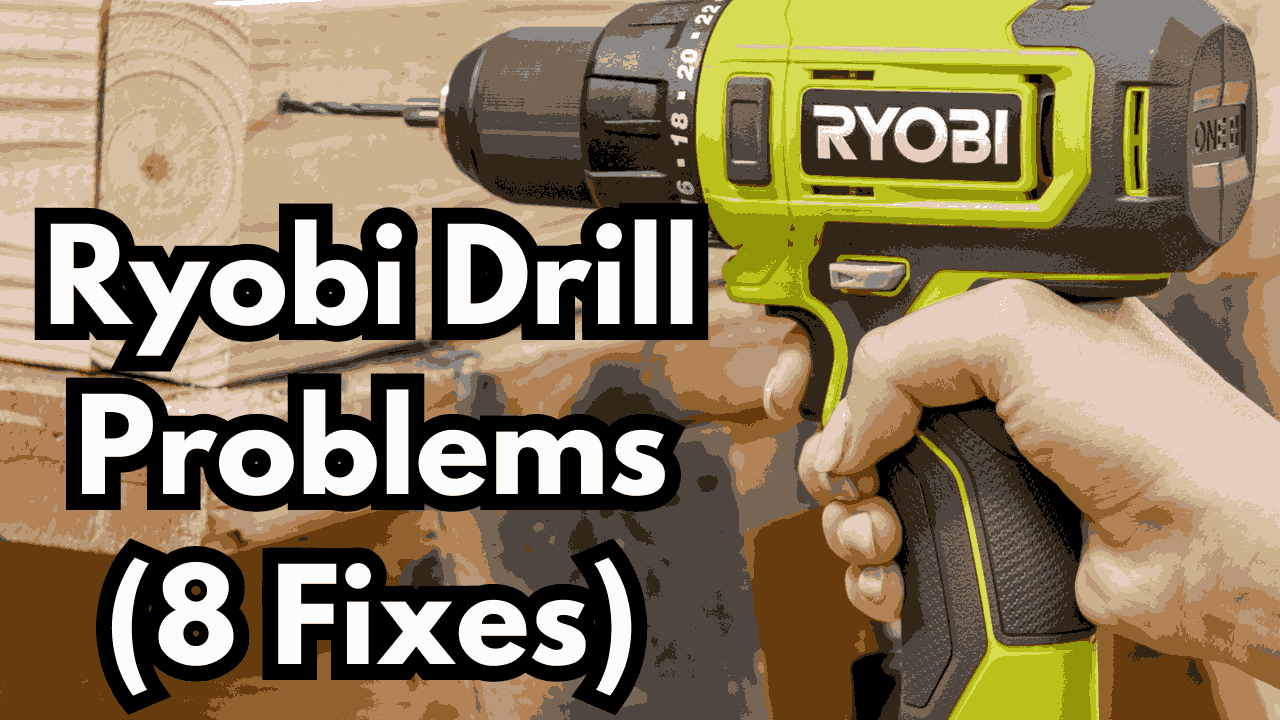The Milwaukee circular saw is a powerful tool, highly regarded for its durability and cutting precision. However, even the most resilient equipment can encounter hiccups now and then.
If your Milwaukee circular saw is not performing as it should, don’t panic. Typically, there are some simple fixes you can attempt before needing the intervention of a professional.
In this guide, we’ll walk you through six common issues and their troubleshooting solutions, enabling you to get your saw back in action without breaking a sweat.
First Thing First:
Before we dive into the solutions, it’s important to note that Milwaukee offers a 2-year warranty for their circular saws.
If you’re experiencing issues with your saw within this timeframe, you may be eligible for a refund or replacement.
Additionally, for more complex issues or if your saw is no longer under warranty, it’s always best to seek professional assistance rather than attempting repairs yourself. This will ensure the safety of both you and your saw.
Milwaukee Circular Saw Not Working
1. The Saw Is Not Cutting Straight
Straight cuts are the benchmark of a circular saw’s functionality. If you’re experiencing deviations from the intended path, the issue might be in the blade or the saw’s base. Start by ensuring the blade is properly secured. Here’s what you should do:
- Check Tension: Turn off and unplug the saw. Press the spindle lock to prevent the blade from spinning and undo the bolt holding it in place. Re-tension the blade according to the user manual.
- Inspect Teeth: Examine the blade teeth for damage or dullness. A bent tooth or a dull blade can cause cuts to veer off.
- Baseplate Alignment: Make sure the baseplate is at a perfect right angle to the blade. A misaligned baseplate can cause cuts to be skewed.
If the issues persist after these fixes, contact Milwaukee’s customer service for more advanced troubleshooting.
2. The Blade Won’t Spin
When your Milwaukee circular saw suddenly refuses to spin, it can be due to several reasons, from power issues to more intricate motor malfunctions.
- Power Source: Check your power source. If using a corded model, ensure the outlet works and the cord is not damaged. For cordless models, verify the battery is correctly inserted and charged.
- Reset the Motor: Some saws have a motor reset switch. If your model includes this feature, find it in the user manual and reset the motor.
- Motor Brushes: Over time, the brushes in the motor can wear down. Inspect them, and if they appear significantly worn, consider replacing them.
If none of these solutions work, it could be a more complicated motor issue. In this case, professional repair is likely needed.
3. The Saw Is Overheating
Continuous use of a circular saw can lead to overheating, potentially damaging the motor. Prevent this from happening by taking regular breaks, especially when cutting tough materials. If you notice overheating:
- Stop and Wait: Turn off the saw, and wait for it to cool down. Do not attempt to use it until it is at room temperature.
- Ventilation: Ensure that the saw’s cooling vents are not blocked. Use compressed air to clear away any debris.
- Sharpness of the Blade: A dull blade can cause the motor to work harder, leading to overheating. Sharpen or replace the blade if needed.
If you experience frequent overheating even after following these steps, it could signal a larger motor problem that requires professional attention.
4. The Motor Is Making Unusual Noises
Unusual noises such as grinding, whirring, or rattling can signify a range of issues from benign debris to major mechanical problems.
- Debris Removal: Turn off the saw and unplug it. Disassemble the saw to check for any debris that might have made its way into the motor or blade area.
- Loose Components: Vibrations can cause bolts and other components to become loose over time. Inspect the saw and tighten any loose parts.
- Professional Assessment: If the noise doesn’t abate after removing debris and tightening components, it’s wise to have a professional assess the motor and other internal mechanisms.
5. Loss of Power During Cuts
Inconsistent power delivery can lead to uneven or incomplete cuts, which is not only frustrating but also potentially dangerous.
- Battery Charge: If using a cordless model, ensure the battery is fully charged and in good condition.
- Cord Inspection: If working with a corded model, inspect the cord for any signs of wear or damage. Replace the cord if needed.
- Check the Chain Brake: If your saw is equipped with a chain brake, a trigger device that stops the saw in the event of kickback, check to see if it’s activating prematurely and needs readjusting.
After performing these checks, if you still experience a loss of power, the issue could lie in the motor or other electrical components, requiring professional servicing.
6. The Depth Adjustment Won’t Stay in Place
A loose depth adjustment can be frustrating, as it interferes with the precision of your cuts. To address this issue:
- Tighten the Depth Lock: If your saw has a lock for the depth adjustment, make sure it’s tightened sufficiently to hold the selected depth setting.
- Clean the Area: Dust and debris can make their way into the depth adjustment mechanisms, preventing them from operating correctly. Clean the area thoroughly.
- Readjustment: Reset the depth to the desired setting, ensuring the depth adjustment mechanism is clean and operates smoothly.
Persistent issues with the depth adjustment may require the intervention of a professional, who can clean or replace the necessary components.
Conclusion
Maintaining a well-functioning circular saw is crucial for any woodworking or DIY enthusiast. With these troubleshooting tips, you can address common issues that may arise with your Milwaukee circular saw and get back to cutting without delay.
Remember to always refer to the user manual for specific instructions and safety precautions before attempting any repairs or maintenance on your saw. And if all else fails, seek professional assistance to ensure the longevity and safety of your saw. Happy cutting!


